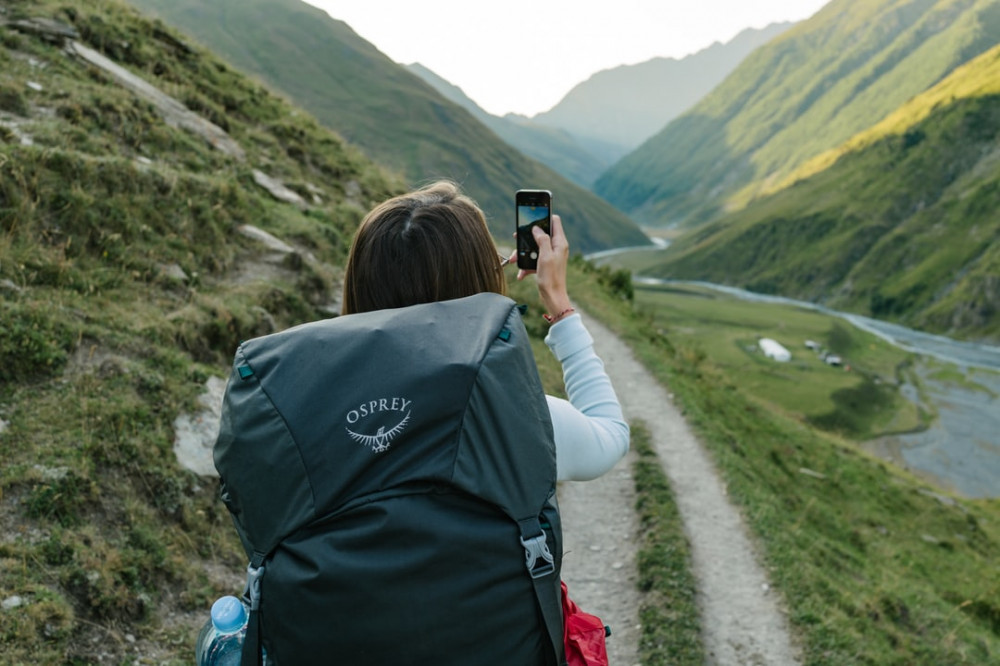Have you ever wondered if packing that sleeping pad is necessary? Maybe you have asked yourself if you need one for your upcoming backpacking trip. Regardless of why you were wondering, you have found yourself here.
Sleeping pads are more than just perks for the fortunate, or only for those who can’t tough it out. If you’re serious about being on the trail, I ask you to continue reading.
Is a Sleeping Pad Necessary for Backpacking?
The short answer is YES! Technically, not a requirement but a sleeping pad is needed on a backpacking trip. Here’s why:
- More Comfortable for a Better Night’s Sleep
- Insulates You from the Ground
- Lighter and more Convenient than a Mattress
All About Being Comfortable
According to Trail and Summit, getting a good night’s rest is the most important aspect of your backpacking experience. Yes, you can make it a night, maybe two sleepless nights before it starts affecting you.
Yes, I am sure that you probably have an extra air mattress lying around. No, that will not take the place of a sleeping pad for this purpose. Sleeping pads are lightweight, slim and compact by design and continue to improve.
While I can agree, they are not required, you’ll want to have the right sleeping pad when you begin your next backpacking trip.
Protecting Your Body is Important
According to Moose Jaw, it is more about keeping you warm and a little about comfort. Their recommendation is if the night-time low is below 80 F, then you’ll need a sleeping pad.
Not only does it provide comfort from the hard ground, but insulating you from it is just as, if not more, important. Let’s talk a little about R-Values.
An R-Value is a measure of thermal resistance, no different from the insulation in your house. Your sleeping bag should also have a suitable R-Value.
The higher the value, the better it will help on cold nights. For instance, a typical 3-season down to 30F or so would be a value of R2, whereas -30F would require R5 to provide the same value.
Types of Sleeping Pads
According to REI, the two main factors for sleeping pads are cushioning and insulation. While we have briefly touched each of these topics, next I’d like to talk about the different types of sleeping pads specifically for backpacking.
Air – You’ll want to get the lightweight ones for backpacking. They are also available for the campers where weight isn’t an issue. Most have a great way of inflating nowadays, but you’ll want to look into that. You’ll also want to be aware that while lighter weight, they can be a little noisy. Also, if they get punctured, you’re back to sleeping on the ground unless you have the right repair kit.
Self-Inflating – These meet in the middle between foam and air. They are a little heavier and more expensive that their counterparts, but can still be rather compact if you find the right ones. When you open the valve, as the foam rises it pulls in air. There are still some hazards with puncture wounds, but you’ll have the repair kit anyway.
Closed-Cell Foam – These are fairly basic. The foam consist of closed, air-filled cells. They don’t really expand or contract, so what you see is what you get. They’re a lot more durable, but you cannot adjust to likeness. They’ll take up more space and are less comfortable.
Check out our other posts on gear.
Conclusion
In understanding what types of sleeping pads are available and the characteristics of each, you can better understand which one you’ll need and why. I think for anyone who has spent time away backpacking, you’ll agree that this is another item to add to the required list.
If you found this information useful or have a question, please leave a comment and let us know. Also, click subscribe to our newsletter to stay up to date on our posts as they are published.
Keep Winning Outdoors!


